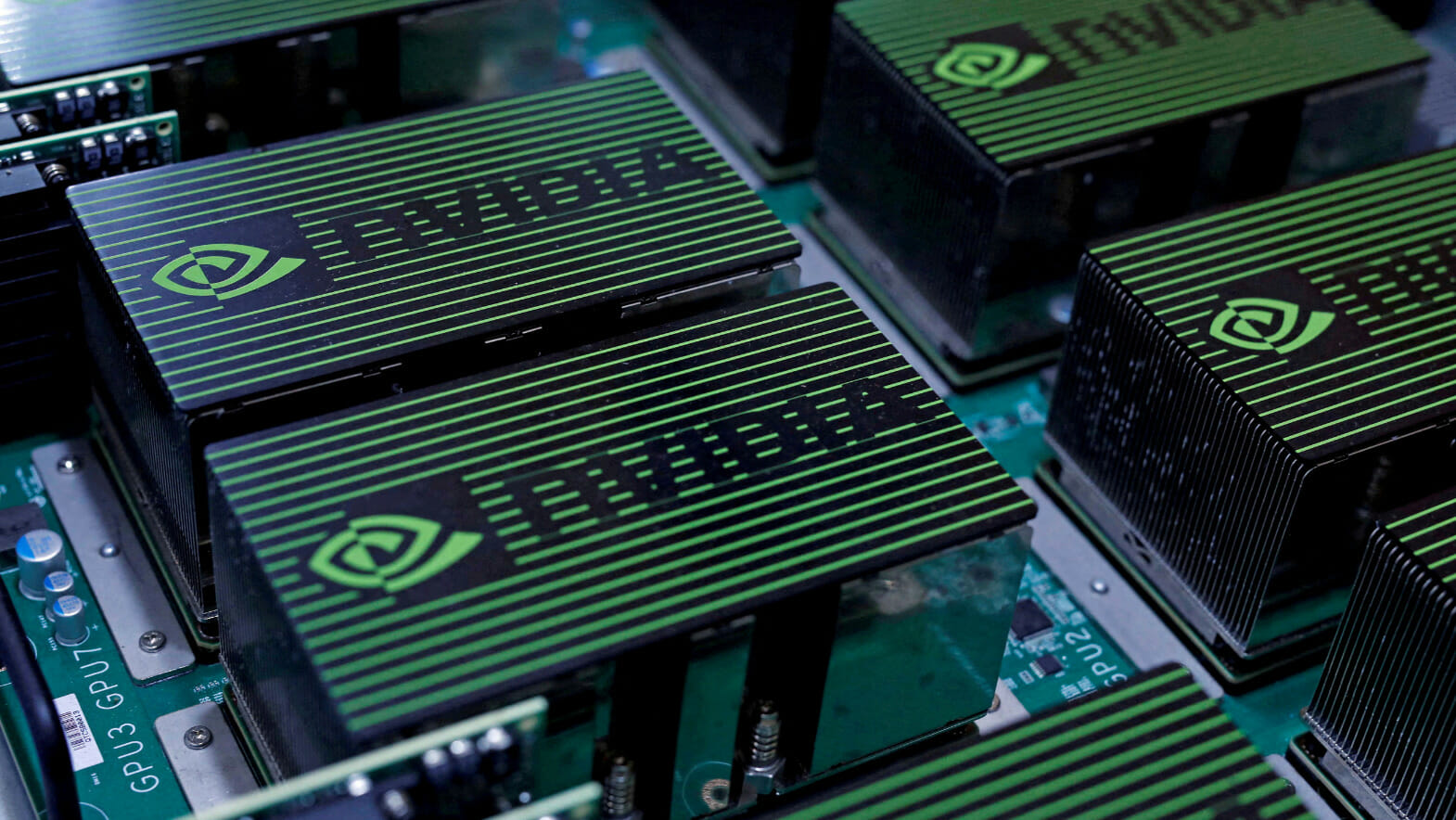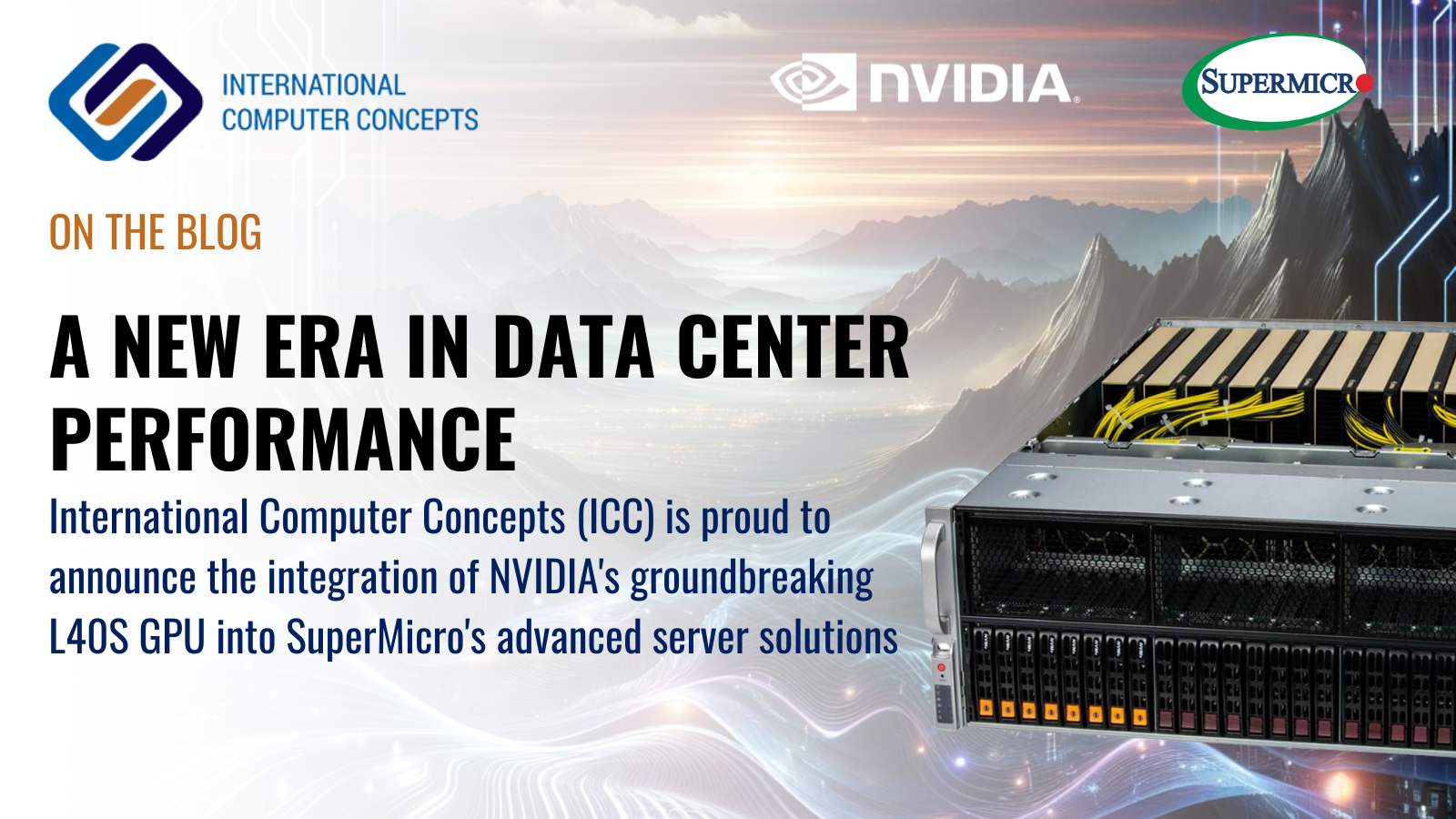
Introduction
It’s our pleasure to delve into the intriguing topic related to Nvidia: Transforming the World with AI and GPU Solutions. Let’s weave interesting information and offer fresh perspectives to the readers.
Table of Content
- 1 Introduction
- 2 The Rise of Nvidia: From Graphics Cards to AI Domination
- 3 The Power of the GPU: More Than Just Graphics
- 3.1 Parallel Processing: The Secret Sauce
- 3.2 CUDA: The Enabling Technology
- 4 Nvidia’s Impact Across Industries
- 4.3 Healthcare: Revolutionizing Medical Imaging
- 4.4 Automotive: Powering the Self-Driving Revolution
- 4.5 Finance: Enhancing Fraud Detection and Risk Management
- 5 The Future of Nvidia and AI
- 5.6 Continued Innovation in GPU Technology
- 5.7 The Expanding Ecosystem of AI Development
- 5.8 Addressing Ethical Concerns in AI
- 6 Conclusion
- 7 FAQs
- 8 Closure
Nvidia: Transforming the World with AI and GPU Solutions
The Rise of Nvidia: From Graphics Cards to AI Domination
Remember those chunky, beige graphics cards that powered the first wave of 3D gaming? Nvidia, the company behind many of them, has undergone a remarkable transformation. From its humble beginnings focused on enhancing visual experiences, it has strategically positioned itself at the forefront of the artificial intelligence revolution. This wasn’t a random leap; it was a carefully orchestrated evolution driven by foresight, technological prowess, and a keen understanding of emerging market trends. Think of it like this: Nvidia didn’t just build faster cars; they built the entire highway system for the AI expressway. This strategic shift involved significant investments in research and development, shrewd acquisitions, and a relentless pursuit of innovation. They weren’t content with simply improving existing technology; they actively shaped the future, anticipating the exponential growth of AI and positioning themselves as the indispensable engine driving this growth. It’s a testament to their adaptability and visionary leadership that they’ve not only survived but thrived in a rapidly changing technological landscape. Their journey is a masterclass in corporate strategy, showcasing the power of anticipating future needs and building a robust ecosystem around them. It wasn’t just about building better GPUs; it was about creating a platform that fostered an entire AI industry.
The Power of the GPU: More Than Just Graphics
For years, GPUs were primarily known for their ability to render stunning graphics for video games and other visual applications. However, their parallel processing architecture – designed to handle the massive calculations required for rendering images – turned out to be surprisingly well-suited for the complex computations needed in artificial intelligence. This wasn’t immediately obvious, but Nvidia recognized the potential early on. The massive parallel processing power, previously used to create photorealistic landscapes in games, could now be harnessed to train complex neural networks, analyze vast datasets, and power the algorithms driving self-driving cars, medical imaging advancements, and much more. It’s a bit like discovering that a tool designed for carpentry could also be used for incredibly intricate surgery – a seemingly unrelated application that unlocks extraordinary potential. This realization was a pivotal moment in Nvidia’s history, marking the beginning of their journey towards AI dominance. The shift wasn’t merely technological; it was a fundamental reimagining of the GPU’s potential, opening up a world of possibilities previously unimagined.
Parallel Processing: The Secret Sauce
The core of Nvidia’s success lies in the parallel processing capabilities of its GPUs. Unlike CPUs, which are designed for sequential processing, GPUs excel at handling numerous tasks simultaneously. Imagine a CPU as a single chef meticulously preparing each dish one at a time, while a GPU is a brigade of chefs working in parallel, each responsible for a specific part of the meal. This allows GPUs to tackle the massive datasets and complex algorithms required for AI tasks with incredible speed and efficiency. This advantage is particularly crucial in deep learning, where training neural networks often involves processing billions of data points. The speed and efficiency offered by Nvidia’s GPUs have become essential for researchers and developers working on cutting-edge AI projects across various industries. The sheer computational power they provide has drastically reduced the time it takes to train models, accelerating the pace of AI innovation. This is a significant factor in Nvidia’s dominance in the AI hardware market.
CUDA: The Enabling Technology
Nvidia’s CUDA (Compute Unified Device Architecture) is a parallel computing platform and programming model that allows developers to utilize the processing power of Nvidia GPUs for general-purpose computing tasks, beyond just graphics rendering. CUDA provides a framework and tools for writing programs that can efficiently run on GPUs, unlocking their potential for AI and other computationally intensive applications. It’s like providing a universal translator for different programming languages to seamlessly communicate with the GPU’s powerful processing capabilities. This has been instrumental in making GPUs accessible to a wider range of developers and researchers, fostering a vibrant ecosystem of AI development around Nvidia’s hardware. Without CUDA, the widespread adoption of GPUs in the AI field would have been significantly hampered, limiting the progress and innovation we’ve seen in recent years. It’s a testament to Nvidia’s foresight and engineering prowess that they created a platform that has become the industry standard.
Nvidia’s Impact Across Industries
Healthcare: Revolutionizing Medical Imaging
Nvidia’s GPUs are transforming medical imaging, enabling faster and more accurate diagnoses. AI-powered image analysis tools, powered by Nvidia’s hardware, can detect subtle anomalies in medical scans that might be missed by the human eye, leading to earlier and more effective interventions. Imagine a world where cancerous tumors are detected much earlier, increasing the chances of successful treatment. This is the reality Nvidia is helping to create. Their technology is not just improving the accuracy of diagnoses; it’s also accelerating the speed at which these diagnoses are made, reducing waiting times and improving patient outcomes. This is a powerful example of how Nvidia’s technology is having a tangible and positive impact on people’s lives.
Automotive: Powering the Self-Driving Revolution
The development of self-driving cars relies heavily on the processing power of Nvidia’s GPUs. These GPUs are used to process sensor data from cameras, lidar, and radar, enabling autonomous vehicles to perceive their surroundings and make real-time decisions. Think about the complexity involved: a car needs to process vast amounts of data from multiple sources simultaneously, making split-second decisions to avoid obstacles and navigate safely. Nvidia’s technology is the engine powering this complex process, making autonomous driving a reality. The implications are vast, potentially revolutionizing transportation and improving road safety. The challenge is immense, but Nvidia is playing a crucial role in making self-driving cars a safe and reliable mode of transportation.
Finance: Enhancing Fraud Detection and Risk Management
Nvidia’s GPUs are also used in the financial industry for fraud detection and risk management. AI algorithms, powered by Nvidia’s hardware, can analyze vast amounts of financial data to identify patterns and anomalies that indicate fraudulent activity. This is crucial in protecting financial institutions and consumers from fraud. It’s like having a highly sophisticated security system that constantly monitors transactions, looking for suspicious patterns that might indicate fraud. This application showcases the versatility of Nvidia’s technology, demonstrating its relevance beyond just the gaming and automotive industries. The ability to analyze complex financial data in real-time is a game-changer for the financial industry, enhancing security and mitigating risks.

The Future of Nvidia and AI
Continued Innovation in GPU Technology
Nvidia shows no signs of slowing down. They continue to invest heavily in research and development, pushing the boundaries of GPU technology and exploring new architectures to meet the ever-growing demands of AI. They’re not just improving existing technology; they’re constantly innovating, anticipating future needs, and setting new standards for performance and efficiency. Their commitment to innovation is a key factor in their continued success. This relentless pursuit of advancement ensures that they remain at the forefront of the AI revolution.
The Expanding Ecosystem of AI Development
Nvidia is fostering a vibrant ecosystem of AI development through its partnerships with researchers, developers, and businesses. This collaborative approach is crucial for driving innovation and accelerating the adoption of AI across various industries. They’re not just selling hardware; they’re building a community, creating a network of support and collaboration that fuels progress. This collaborative approach is a powerful force multiplier, accelerating the pace of AI development and ensuring the widespread adoption of their technology.
Addressing Ethical Concerns in AI
As AI becomes more powerful, ethical considerations become increasingly important. Nvidia recognizes this and is actively working to address these concerns, promoting responsible AI development and deployment. This commitment to ethical AI is essential for ensuring that this powerful technology is used for the benefit of humanity. It’s not just about technological advancement; it’s about responsible innovation, ensuring that AI is used ethically and for the betterment of society. This forward-thinking approach is crucial for building trust and ensuring the long-term sustainability of the AI industry.
Conclusion
Nvidia’s journey from graphics card manufacturer to AI powerhouse is a compelling story of strategic vision, technological innovation, and a relentless pursuit of excellence. Their GPUs have become the engine driving the AI revolution, transforming industries and shaping the future. The impact of their technology is undeniable, from revolutionizing healthcare to powering self-driving cars. However, this power comes with responsibility, and Nvidia’s commitment to ethical AI development is crucial for ensuring that this transformative technology is used for the benefit of all. The future of AI is inextricably linked to the continued innovation and leadership of companies like Nvidia. Their role in shaping this future is not only significant but also carries a profound responsibility for the ethical and beneficial application of AI technologies.
The story of Nvidia is more than just a business success; it’s a testament to the transformative power of technology and the importance of foresight and adaptability in a rapidly evolving world. Their continued commitment to innovation and ethical AI development will undoubtedly shape the future of artificial intelligence and its impact on society for years to come. The questions raised by this rapid advancement demand careful consideration, and Nvidia’s proactive approach to these challenges is a crucial aspect of their ongoing success and contribution to the world.
FAQs
Q1: What is CUDA and why is it important for AI? CUDA is Nvidia’s parallel computing platform that allows developers to utilize the processing power of GPUs for general-purpose computing, making GPUs accessible for AI development. Its importance lies in enabling the efficient execution of complex AI algorithms on GPUs, significantly accelerating the training and deployment of AI models.

Q2: How are Nvidia GPUs used in self-driving cars? Nvidia GPUs process sensor data (cameras, lidar, radar) in real-time, enabling autonomous vehicles to perceive their surroundings and make driving decisions. Their parallel processing capabilities are crucial for handling the massive data streams required for safe and efficient autonomous navigation.
Q3: What are the ethical considerations surrounding Nvidia’s AI technology? As with any powerful technology, ethical concerns exist. Nvidia acknowledges the importance of responsible AI development, focusing on fairness, transparency, and accountability to mitigate potential biases and ensure the ethical use of AI in various applications.
Q4: How does Nvidia contribute to the healthcare industry? Nvidia’s GPUs power AI-driven medical imaging analysis tools, enabling faster and more accurate diagnoses. This leads to earlier detection of diseases, improved treatment outcomes, and ultimately, better patient care.
Q5: What are Nvidia’s future plans for AI development? Nvidia continues to invest heavily in research and development, focusing on advancements in GPU architecture, software platforms, and collaborative partnerships to drive innovation and expand the applications of AI across various industries.
Closure
In conclusion, we hope this article has provided valuable insights into Nvidia: Transforming the World with AI and GPU Solutions. We hope you find this article informative and beneficial. See you in our next article!
